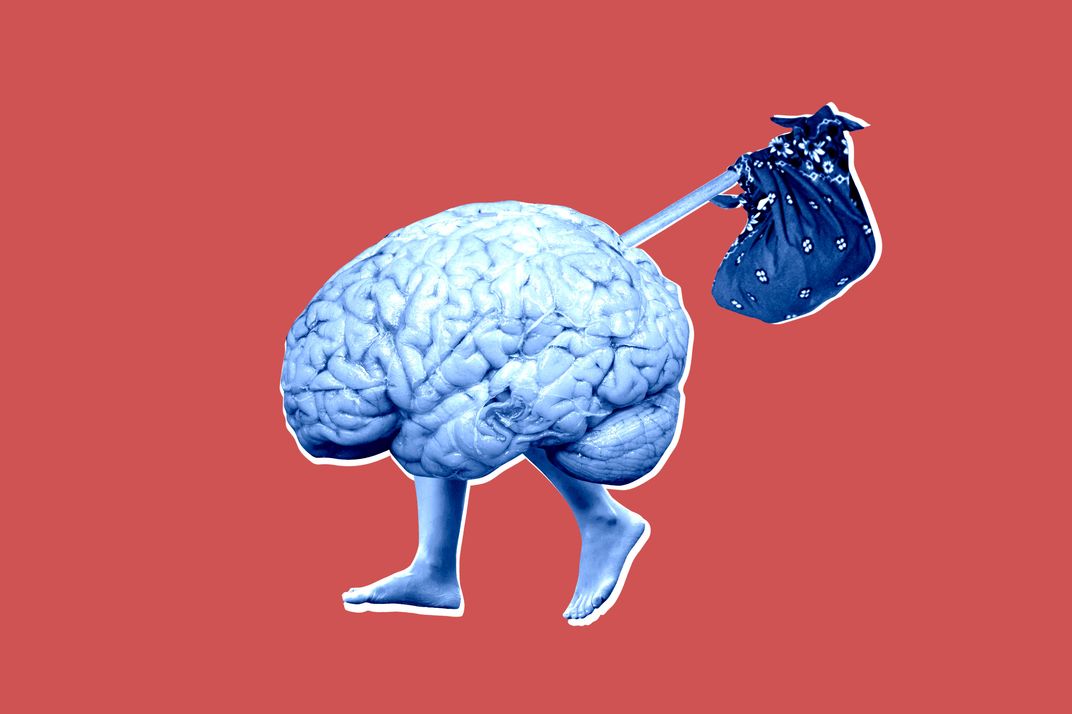
Posted on 04/06/2022 4:21:02 PM PDT by moose07
Miniature brain models helped study autism 4.3 Austrian scientists used miniature models of the human brain — organoids — to study a form of autism associated with mental retardation and macrocephaly. It turned out that the mutation of one gene leads to an earlier and more active formation of neurons, and inhibitory neurons appear first.
Several hundred genes are associated with autism spectrum disorders. The main symptoms of autism are difficulties with social interaction, limited interests, and frequently repetitive behavioral responses. In some patients with this diagnosis, the symptoms are mild, while other people may experience serious difficulties during their lives and are practically unable to adapt to society.
One of the genes associated with severe autism is called CHD8. With its mutations, mental retardation and macrocephaly are also often observed - the development of an unusually large brain. Exactly how CHD8 causes these symptoms has long been unclear. Now scientists from the Institute of Science and Technology of Austria and their colleagues were able to answer this question in an article published in the journal Cell Reports.
Because mutations in the CHD8 gene affect the brain at a very early stage of development, it is extremely difficult to get a complete picture of the processes it triggers. In recent years, scientists have been using mice as model organisms to study many human diseases. However, animals with the CHD8 mutation rarely had human-specific symptoms. So some other model was needed.
The authors of the study used organoids – miniature models of organs grown from stem cells. Organoids contain the same types of cells as real organs, and allow us to study their interaction and development in three-dimensional space. Having created the necessary conditions, scientists were able to grow brain organoids the size of a lentil grain and reproduce in them the developmental processes occurring with the brain of a human embryo.
Comparisons of models with and without mutations of the CHD8 gene showed that mutant organoids grew to large sizes. This was the first confirmation of the validity of the model, since people with the CHD8 mutation often suffer from macrocephaly.
Biologists have grown brain organoids with a pair of rudimentary eyes German scientists have learned to obtain "in vitro" embryos of brain structures with eye glasses capable of responding to light.
Having obtained samples of all organoid cells, scientists found that in mutant models, inhibitory neurons began to form earlier than in control ones. These nerve cells release neurotransmitters that prevent further signal transmission. The opposite effect is produced by excitatory neurons, which in mutant organoids began to form much later. In addition, the CHD8 mutation led to the appearance of a larger number of dividing cells: they subsequently created a larger number of neurons, this provoked an abnormal increase in the size of the organoids.
Further study of organoids will allow us to study in more detail the development of the brain with various genetic pathologies, as well as to find new ways of treatment and improve the lives of patients.
“Austrian scientists used miniature models of the human brain — organoids”
I sure home they returned Joe’s organoid to him after they finished studying it.
It was last seen wondering aimlessly around the White House garden.

You’re welcome. Hope it was useful.
At one point he said that scientists know more about the surface of the moon tan about the human brain.A very disconcerting thought indeed.
Our group consisted of my girlfriend and I, him and his wife (a psychiatrist),a German doctor studying to be a Tropical Diseases Specialist and two German medical students.
Sounds like the start of an Agatha Christie novel.
Glad you had a good time. :)
So, they’re studying democrat brains.😁
I didn't notice the birds so much as the elephants and the lions. They were somehow willing to have us get right up close without bothering us.
Disclaimer: Opinions posted on Free Republic are those of the individual posters and do not necessarily represent the opinion of Free Republic or its management. All materials posted herein are protected by copyright law and the exemption for fair use of copyrighted works.